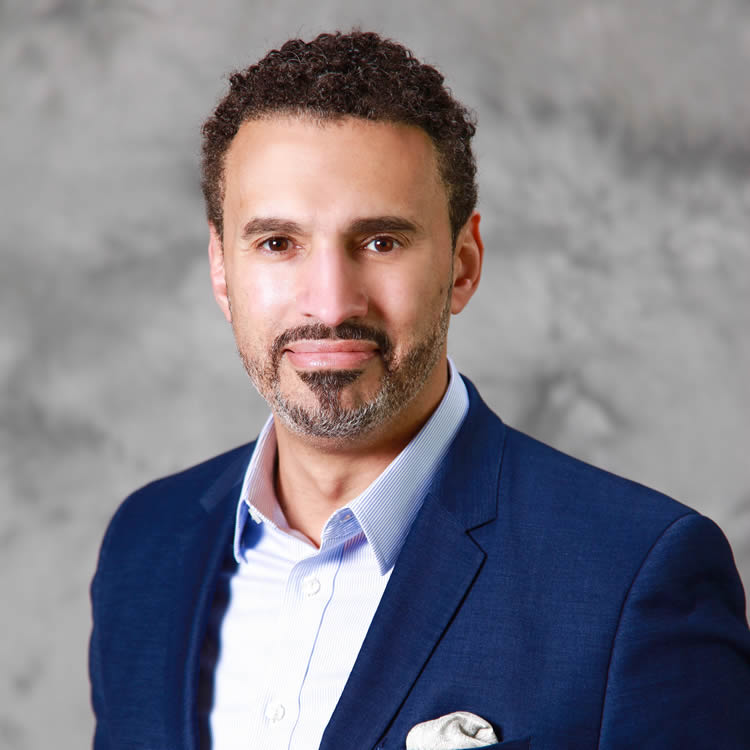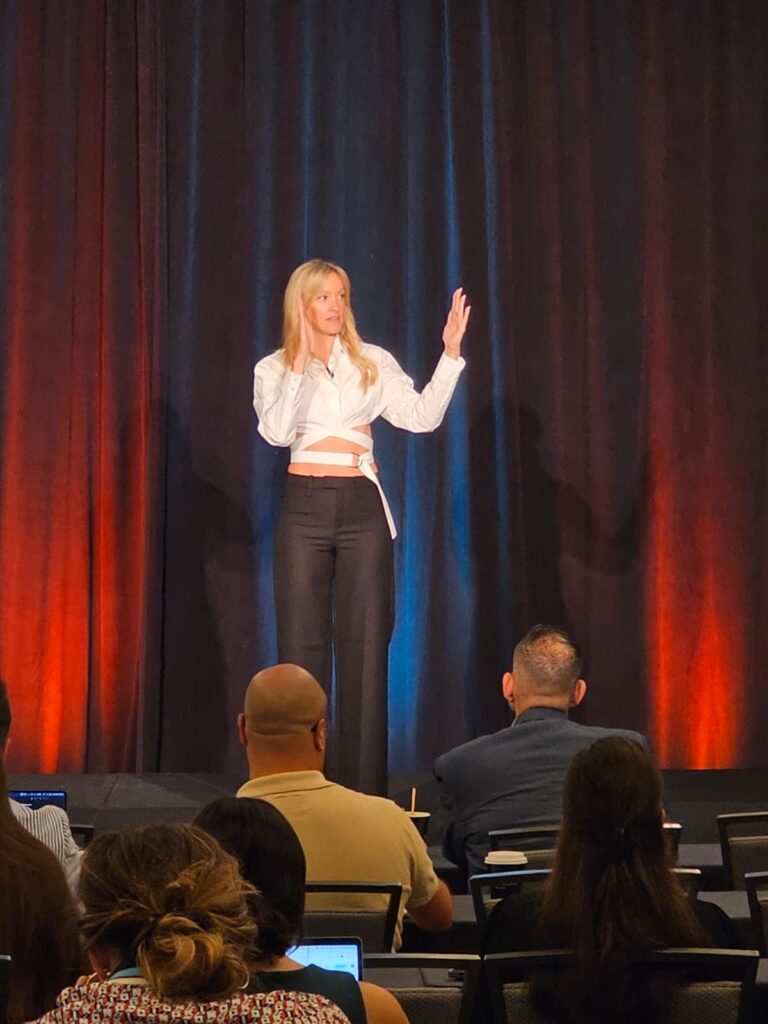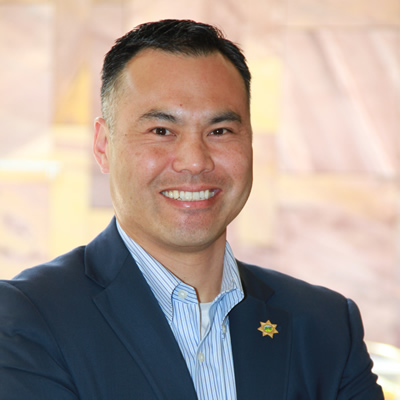We have now been operating under crisis conditions for more than 12 weeks.
- Millions of people have become sick, and hundreds of thousands are dead.
- We have endured months of physical distancing, with associated social and economic impacts.
- People are challenging lock-down measures around the world.
- Generations of inequity and inequality are reaching a societal breaking point.
- There have been days and nights of protests and riots.
- We are exposed to thousands upon thousands of angry voices and disturbing images.
And it is all adding up.
Have you noticed that people are behaving differently?
The prolonged crisis is affecting us—some more than others.
- People are having more trouble focusing.
- Previously easy tasks are taking more effort to accomplish.
- There are more frequent and more open demonstrations of frustration.
- People seem less tolerant of change or disruption.
This ongoing stress is taking a toll.
How our bodies manage stress
Allostasis is the formal term describing physical adaptive processes that people use to manage stress. This is usually accomplished through the production of endocrine mediators such as adrenaline, cortisol, and other hormones and chemicals. In the short term, these mediators promote resilience following acute stress by maintaining biological balance (homeostasis) while increasing focus. In some cases, allostatic mediation can even create a sense of excitement and challenge.
In the long run, however, allostasis contributes to wear and tear on the body and brain from being “stressed out” and overexposed to the same mediators that help manage short-term stress. This allostatic overload can create a state of chronic fatigue, worry, frustration, and feelings of an inability to cope with the situation. Research has also shown a clear correlation between prolonged allostatic overload and several chronic health problems, including abdominal obesity, high blood pressure, and acute coronary syndromes.
Allostatic overload is more than a threat to individual health and well being, it is also a threat to the workplace.
Individuals under prolonged, acute stress are more likely to:
- Have poor judgment and make questionable decisions.
- Make mistakes, including those that could further complicate the situation that is causing the stress in the first place.
- Be unable to function effectively under any additional stress.
- Engage in behaviors that cause interpersonal issues.
In general, individuals under allostatic overload exhibit behaviors that are utterly opposed to what is needed to lead an organization through a crisis.
So then, what can we do about it?
We, as leaders and crisis managers, need to manage our stress and remember to take care of ourselves as well as the people and organizations that we are responsible for. And if we are not taking care of ourselves—because let’s face it, it’s easy to forget about our own self-care when we’re constantly in a state of crisis management—we need a system, or team, or network who are willing and able to help us do so.
Promoting a Protective and Supportive Approach to Stress Management
A solid starting point to manage individual stress and strain within an organization comes from a set of values that are shared and acted upon by everyone in your organization. This foundation helps shape the way that people think about stress and the approach that they should take when observing its impact on themselves and in their environment.
A protective culture gives people confidence that their organization’s approach to managing stress is supportive, emphasizing a desire to prevent issues as opposed to punishing individuals for mistakes or stress-driven inappropriate behaviors. To support this approach, organizations should promote a climate of mutual respect and accountability, generating a community-focused culture that encourages proactive engagement and reporting rather than unintentionally inhibiting it.
- Successful programs focus on helping members of an organization deter and prevent stress-related incidents rather than seeking to punish or discipline.
- Confidence in a program is advanced by establishing an environment where all members of an organization are collectively responsible for participating in the detection and identification of stress-related behaviors.
- It is achieved when individuals can speak openly regarding their stress, and the perception of stress in others, and when voicing such concerns is encouraged.
- This, in turn, creates confidence that the organization will proactively act while protecting the privacy and dignity of all parties involved.
A protective and supportive culture empowers team members and inspires a focus on acting for the benefit of the organization while helping and supporting the individuals on your teams.
Crisis Ready for Stress
This is why a Crisis Ready™ organization looks inward as well as outward during a crisis. We need to make sure that our organizations have processes in place to identify the signs of prolonged stress and allostatic overload. This requires creating a culture that allows people to step back and deal with their stress, seeking emotional and other help without feeling like they are being judged, or abandoning their responsibilities.
Considering the heightened period of stress that we are all facing right now, there’s no time like the present. How is your organization currently providing proactive support to your teams and where are some areas that would benefit from improvement?
Aaron Marks is a Senior Principal with Dynamis, Inc. where he supports clients across the domestic National and Homeland Security communities and international public safety enterprise. He provides operational and subject matter expertise in intelligence analysis and targeting, disaster preparedness, crisis and incident management, and continuity of operations for healthcare related concerns. Aaron has provided in-depth review, assessment, and analysis for technology, policy, and operational programs impacting all levels of government. He is a recognized authority on the application of nontraditional techniques and methodologies to meet the unique requirements of training, evaluation, and analytic games and exercise for the National and Homeland Security communities.
Prior to joining Dynamis, Aaron was the Director of Operations for a commercial ambulance and Emergency Medical Services (EMS) provider in western New York State where he participated in the integration of commercial EMS and medical transportation resources into the local Trauma System. During his 30-year career Aaron has worked in almost every aspect of EMS except fleet services. This includes experience in Hazardous Materials and Tactical Medicine, provision of prehospital care in urban, suburban, rural, and frontier environments, and acting as a team leader for both ground and aeromedical Critical Care Transport Teams.
Aaron is a Master Exercise Practitioner and received a B.A. in Psychology from Texas Tech University in Lubbock, Texas and a master’s degree in Public Administration with a focus in Emergency Management from Jacksonville State University in Jacksonville, Alabama. He is also a Nationally Registered Paramedic and currently practices as an Assistant Chief with the Amissville Volunteer Fire and Rescue Department, Amissville Virginia.










